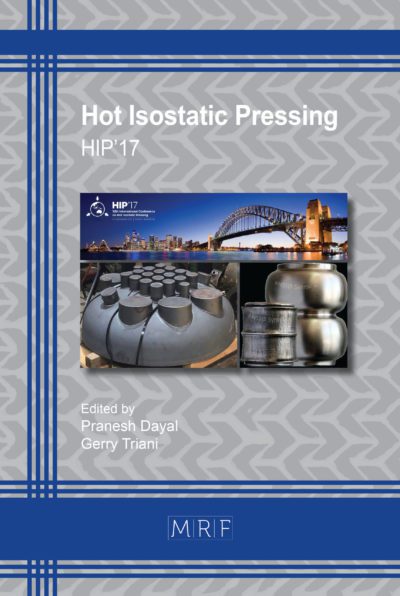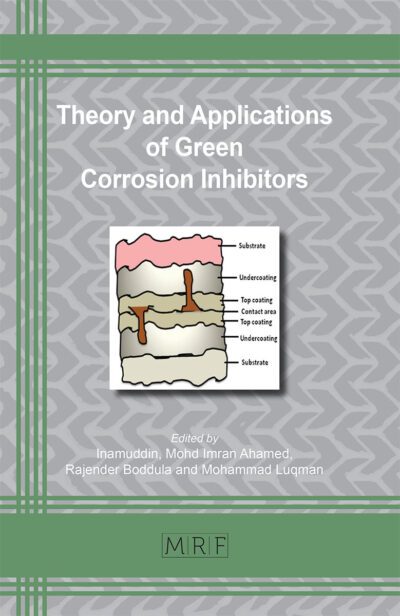Proposing a virtual simulation method to predict the shape-fidelity of 3D-knitted-textiles using knit-meshes and geometric invariants
DIETRICH Franz
download PDFAbstract. Though the level of machine digitization in flatbed-knitting (FBK) today is high, the design and development of knittable data sets are still currently very time-consuming, digital simulations methods are calculation expensive and insufficient in terms of accuracy of fit and technical properties. Knitting process retrofitting activities are executed mostly manually by an operator on the basis of the operator´s experience. This circumstance makes it more difficult to use the diverse potential for flexibility and on-demand purposes in future-networked-production for lightweight constructions for Automotive, Aerospace and aviation or Medical-Products. New easy-to-learn, intuitive, calculation inexpensive digital augmented workflows for the planning of knitted objects with complex 3D-shapes are needed. With regard to the requirements of composite forming, the aspects of wrinkling, slip and permeability are of particular importance. However, flatbed-knitted fabrics are subject to different requirements in some cases, which implies different questions from those posed by research in the area woven textile composites. In order to address a few of the questions raised by previous research on textile composites, this paper covers some of the current research topics in the field of 3D-knitted flatbed-knitting fabrics and shows references as well as potentials to already researched problem fields of textile reinforced composites. In doing so, the author strongly refers to the topics of the summarizing publication “Advances in composite forming through 25 years of ESAFORM” by P. Boisse et al. [1].
Keywords
Flat-Knitting, CBS, Simulation, On-Demand, FEM
Published online 4/19/2023, 10 pages
Copyright © 2023 by the author(s)
Published under license by Materials Research Forum LLC., Millersville PA, USA
Citation: DIETRICH Franz, Proposing a virtual simulation method to predict the shape-fidelity of 3D-knitted-textiles using knit-meshes and geometric invariants, Materials Research Proceedings, Vol. 28, pp 239-248, 2023
DOI: https://doi.org/10.21741/9781644902479-26
The article was published as article 26 of the book Material Forming
![]() Content from this work may be used under the terms of the Creative Commons Attribution 3.0 license. Any further distribution of this work must maintain attribution to the author(s) and the title of the work, journal citation and DOI.
Content from this work may be used under the terms of the Creative Commons Attribution 3.0 license. Any further distribution of this work must maintain attribution to the author(s) and the title of the work, journal citation and DOI.
References
[1] P. Boisse, G. Akkerman, P. Carlone, L. Kärger, S.V. Lomov, J.A. Sherwood, Advances in composite forming through 25 years of ESAFORM, in: Int. J. Material Forming, Springer-Verlag Fr. SAS, part of Springer Nature (2022) 30. https://doi.org/10.1007/s12289-022-01682-8
[2] Y. Kyosev, The finite element method (FEM) and its application to textile technology, in: V. Dieter, Simulation in textile technology, Woodhead Publishing Ltd., Oxford, 2012, pp. 172-222. https://www.doi.org/10.1533/9780857097088
[3] K. Wu, M. Tarini, C. Yuksel, J. McCann. X. Gao, Wearable 3D Machine Knitting: Automatic Generation of Shaped Knit Sheets to Cover Real-World Objects,
IEEE Trans Vis Comput Graph IEEE T VIS COMPUT GR 28 9 (2022) 3180-3192. https://www.doi.org/10.1109/TVCG.2021.3056101
[4] G. Nader, Y.H. Quek, P.Z. Chia, O. Weeger, S. Yeung, KnitKit: A flexible system for machine knitting of customizable textiles – Supplemental Document, ACM Trans. Graph. 40, 4, Article 64 (2021). https://doi.org/10.1145/3450626.3459790
[5] M.A. Popescu, KnitCrete: Stay-in-place knitted formworks for complex concrete structures, ETH-Dissertation, Serie: ETH-Dissertation, Nr.26063 (2019). https://www.research-collection.ethz.ch
[6] M. Eschenbach, Cockatoo (2020). https://github.com/fstwn/cockatoo [acs: 02.01.2023]
[7] L. Girdauskaite, G. Haasemann, S. Krzywinski, Modellierung und Simulation, in: C. Cherif, Textile Werkstoffe für den Leichtbau, Springer-Verlag Berlin, Heidelberg, 2011, pp. 573-663. https://doi.org/10.1007/978-3-642-17992-1
[8] P. Boisse, G. Akkerman, P. Carlone, L. Kärger, S.V. Lomov, J.A. Sherwood, Advances in composite forming through 25 years of ESAFORM, in: Int. J. Mater. Form. Springer-Verlag Fr. SAS, part of Springer Nature (2022) 30. https://doi.org/10.1007/s12289-022-01682-8
[9] P. Boisse, N. Hamila, E. Guzman-Maldonado, Angela Madeo, G. Hivet, F. Dell’Isola, The bias-extension test for the analysis of in-plane shear properties of textile composite reinforcements and prepregs: a review, Int. J. Mater. Form. 10 (2017) 473-492. https://hal.archives-ouvertes.fr/hal-01313827
[10] Y. Kyosev, Topology-Based Modeling of Textile Structures and Their Joint Assemblies: Principles, Algorithms and Limitations, Springer Nature Switzerland, Cham, Switzerland, 2019. https://doi.org/10.1007/978-3-030-02541-0
[11] W.J. Lewis, Tension Structures: Form and Behavoir, Thomas Telford Publishing, London, 2003. 978-0-7277-3236-1 (ISBN)
[2] Y. Kyosev, The finite element method (FEM) and its application to textile technology, in: V. Dieter, Simulation in textile technology, Woodhead Publishing Ltd., Oxford, 2012, pp. 178. https://www.doi.org/10.1533/9780857097088
[13] T. Pusch, Textilphysikalische Prüfungen, in: C. Cherif, Textile Werkstoffe für den Leichtbau, Springer-Verlag Berlin, Heidelberg, 2011, pp. 509-572. https://doi.org/10.1007/978-3-642-17992-1

































